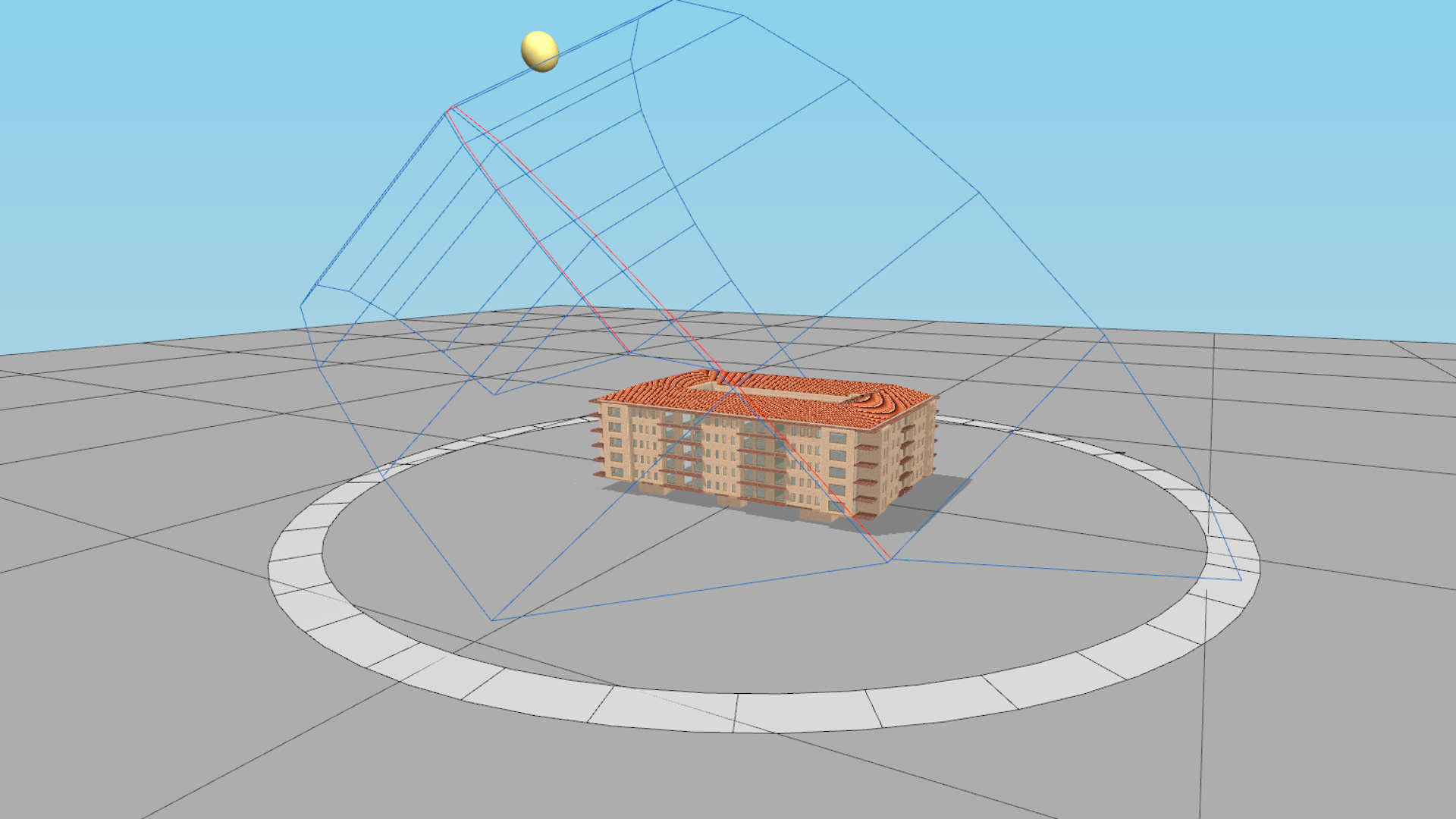Common to many LEED projects is the creation of an energy model for the completed design for the sole purpose of assessment. This is a "how lucky we are" approach. In this way, energy modeling tools are not fully utilized, modeling costs become overhead and opportunities to increase productivity are lost.
In this scenario, the energy model is marked as worthless. To get more information about energy simulation (In Spanish language "simulacin energtica"), you may see it here.

Image Source: Google
However, energy models excel when used as a decision-making tool, implemented early, and fully integrated into the design process. At the early stages, a relatively simple model can be developed using the in-built default values for building types (space use, occupancy, process loads, etc.) and, from that, elements such as building massing, window selection and sizes, orientation, and lighting and HVAC system types can be optimized.
It is these overall aspects of building performance that make energy modeling so attractive and a must-use tool in all building projects, regardless of the purpose of certification. The old approach to building delivery was to make critical cost decisions line by line.
For example, the cost of glass, the density of the lighting output, and the efficiency of the HVAC system are all evaluated individually, with little or no consideration for their interactions. Modern analysis using energy models as a decision-making tool shows how individual sizes affect the efficiency of the entire building.
Window selection and lighting performance affect the size of the HVAC. The orientation of the building affects the annual energy costs and it is very important to use the available sunlight to illuminate the interior.